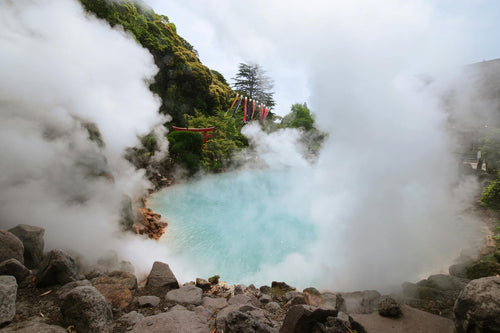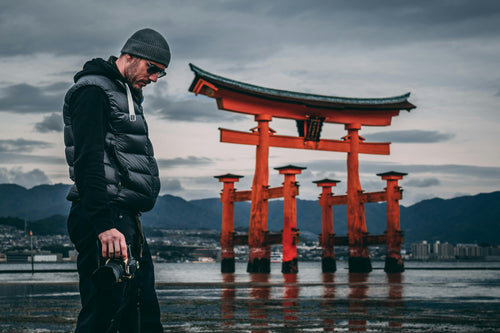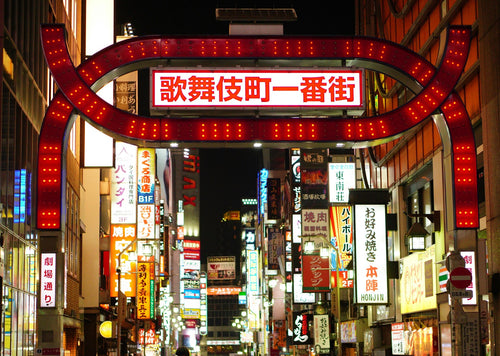
Geisha Culture in Japan: Myths and Realities
The world of geisha, Japan’s skilled performers and keepers of traditional arts, has long intrigued people around the globe. Known for their elegance, refined beauty, and mastery of traditional Japanese music, dance, and conversation, geisha have become an iconic symbol of Japanese culture. However, numerous myths and misconceptions surround geisha culture, often clouded by Western interpretations and misunderstandings. True geisha culture is a world of discipline, artistry, and deep cultural significance that few outsiders fully understand.
This guide explores the realities of geisha culture, dispelling myths and revealing the authentic lives of these dedicated artists. From the rigorous training of young maiko to the intricate rituals observed in a tea house, learn what it truly means to be a geisha in modern Japan.
Contents
2. The Role of a Geisha: Artistry and Skill
3. Maiko Training: The Journey to Becoming a Geisha
4. Geisha Appearance: Kimono, Makeup, and Hairstyles
5. Misconceptions and Myths about Geisha
6. Geisha in Modern Japan: Adapting to Change
1. Origins of Geisha Culture
Geisha culture dates back to the 18th century in Japan’s Edo period, though the term “geisha” itself means “person of art.” Originally, geisha were entertainers skilled in traditional arts, and both men and women held this role. However, over time, the role evolved, with women becoming the primary practitioners of this cultural craft. Geisha emerged in response to a societal need for refined entertainment that involved dancing, music, and conversation, creating a unique cultural profession distinct from other forms of entertainment.
The historical context of geisha culture is deeply connected to the licensed pleasure districts and tea houses, where guests would pay for their time and enjoy performances. Geisha culture soon became established as a respected art form, and certain regions, particularly Kyoto, became famous for training and housing geisha.
2. The Role of a Geisha: Artistry and Skill
Geisha are often considered “living art” due to their dedication to traditional Japanese arts, including dance, shamisen (a three-stringed instrument), and tea ceremony. Geisha are trained in various artistic disciplines and are expected to perfect their craft over a lifetime. A geisha’s main responsibility is to entertain guests with music, dance, and conversation, creating an ambiance of elegance and cultural sophistication.
These highly skilled entertainers follow strict codes of conduct and performance, balancing artistry with refined social skills. Geisha undergo continuous training to refine their abilities, ensuring they uphold the legacy of their art and the standards of the geisha community.
3. Maiko Training: The Journey to Becoming a Geisha
Before becoming a geisha, young women start as maiko, or apprentice geisha, a role that requires intense training in the arts. Maiko typically begin their journey as teenagers and train in dance, music, and traditional etiquette under the guidance of senior geisha. The training period for a maiko can last several years, during which they perfect their skills in preparation for their debut as a full-fledged geisha.
Maiko are recognizable by their elaborate kimono, distinctive hairstyles, and vibrant makeup, which symbolize their status as apprentices. The transformation from maiko to geisha represents a significant milestone, marking the apprentice’s readiness to take on the responsibilities of a fully trained artist.
4. Geisha Appearance: Kimono, Makeup, and Hairstyles
The appearance of a geisha is carefully crafted to reflect beauty, elegance, and tradition. Geisha wear intricate silk kimonos, often tailored specifically for each season or occasion, and adorned with elaborate patterns. Each layer of a geisha’s attire, from her kimono to her obi (sash), is chosen to create a refined, polished look that enhances her graceful movements.
The makeup of a geisha is also distinctive, featuring white face powder, red and black accents around the eyes, and carefully painted red lips. Hairstyles vary based on status, with maiko wearing more elaborate hair arrangements decorated with seasonal hairpins, while full geisha wear a more subdued style. Each detail of a geisha’s appearance is a testament to her commitment to tradition and artistry.
5. Misconceptions and Myths about Geisha
One of the most common misconceptions about geisha is their association with courtesans, but geisha are highly skilled entertainers whose role is strictly artistic. The misconception likely stems from Western portrayals and misunderstandings of Japanese culture. Unlike courtesans, geisha focus on preserving traditional arts and fostering cultural appreciation through their performances.
Another myth is that geisha are restricted to a secretive lifestyle. In reality, while geisha do observe traditions and codes, they live independently and adapt to the demands of modern society. Understanding these distinctions helps to dispel myths and reveal the authentic role of geisha as guardians of Japanese art.
6. Geisha in Modern Japan: Adapting to Change
In today’s Japan, the number of geisha has declined, but those who continue the tradition have adapted to modern society. Some geisha offer performances for tourists, while others collaborate in contemporary art projects or film productions. Geisha houses, or *okiya*, are increasingly rare, and the profession faces challenges in recruiting new maiko due to modern lifestyle changes.
Despite these changes, geisha culture endures, with cities like Kyoto and Tokyo maintaining strong geisha communities. These modern-day geisha work to uphold tradition while introducing the art form to broader audiences, demonstrating the resilience and adaptability of geisha culture in the 21st century.
7. Experiencing Geisha Culture as a Visitor
For visitors to Japan, experiencing geisha culture is possible through performances, tea houses, and cultural events. Kyoto’s Gion district, for example, is known for its geisha presence, with guided tours and public performances available. Visitors may also attend seasonal events, like Miyako Odori, a dance performance held in spring that showcases the grace and artistry of Kyoto’s geisha.
Booking a private geisha performance at a tea house, while more exclusive, provides a glimpse into authentic geisha entertainment, with traditional music, dance, and interaction. This unique cultural experience offers visitors a chance to appreciate the beauty and dedication of geisha firsthand.
8. Conclusion: Appreciating the True Geisha Tradition
The world of geisha is far more than the stereotypes often portrayed in media; it is a profound art form rooted in tradition, discipline, and cultural pride. Understanding the realities of geisha life reveals the dedication required to master their craft and the cultural significance they hold within Japan. Geisha embody the spirit of Japan’s artistic heritage, preserving and passing down traditions that are treasured by Japanese society.
As guardians of Japanese arts, geisha play a vital role in maintaining cultural identity in a rapidly modernizing world. For those who visit Japan, experiencing geisha culture is an unforgettable opportunity to witness the elegance, skill, and enduring beauty of Japan’s traditional arts.
Share
You may also like
-

9 Best Hot Spring and Bathhouse in Tokyo
Tokyo is known for its vibrant urban energy, but it's also a fantastic place to relax and rejuvenate in hot springs (...
-

Power Spot Tours: Japan’s Famous Temples and Shrines
Japan is a land steeped in spiritual history, and visiting its temples and shrines provides not only a glimpse i...
-

Visiting Japan’s Love Hotel Districts: What to Expect
Japan’s love hotel districts are famous for their unique and fascinating blend of privacy, creativity, and a touch of...
-

Nightlife Guide to Shinjuku Kabukicho
Shinjuku’s Kabukicho district, known as Tokyo’s “Sleepless Town,” is the center of nightlife in Tokyo. Renowned ...
There are currently no related posts.




